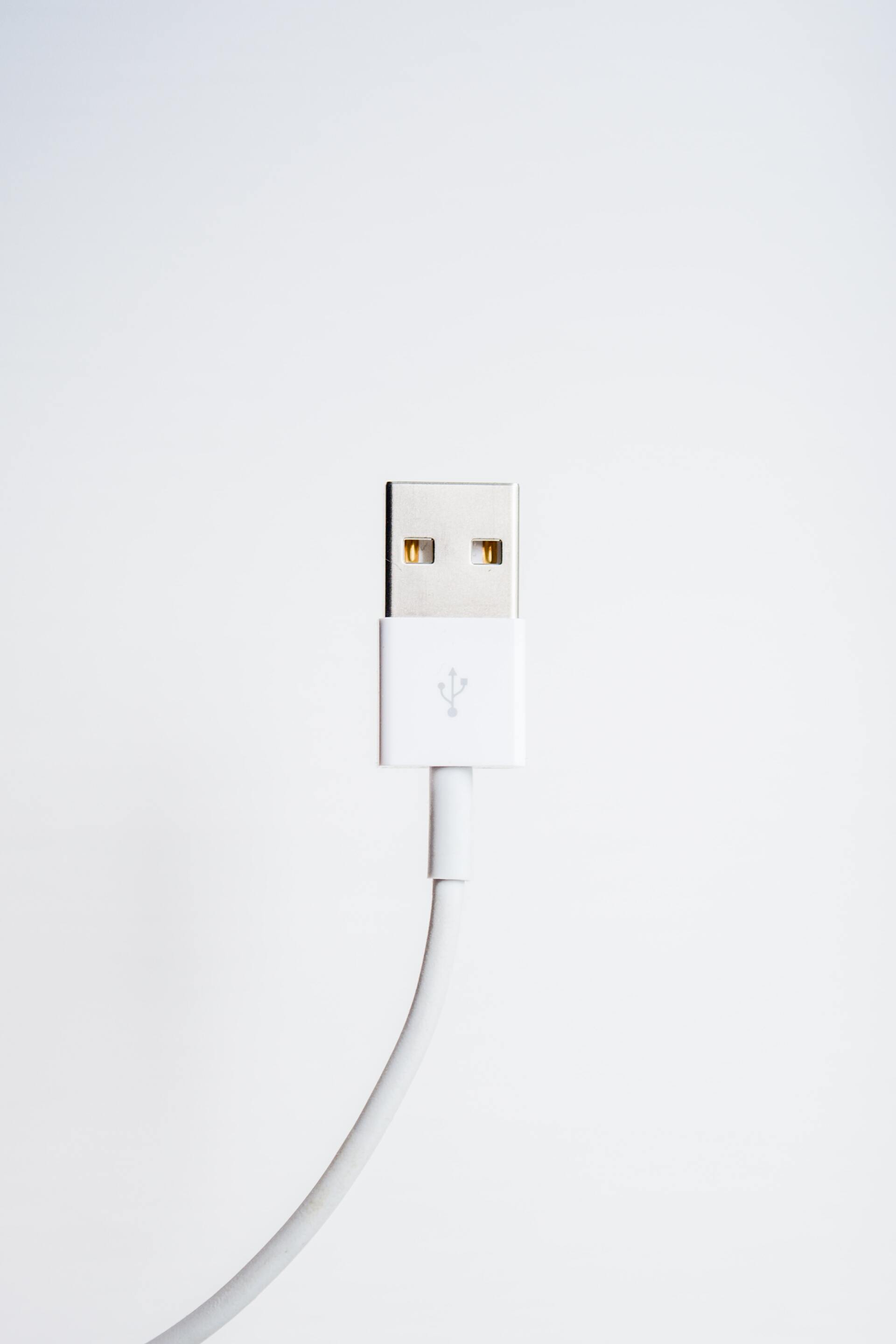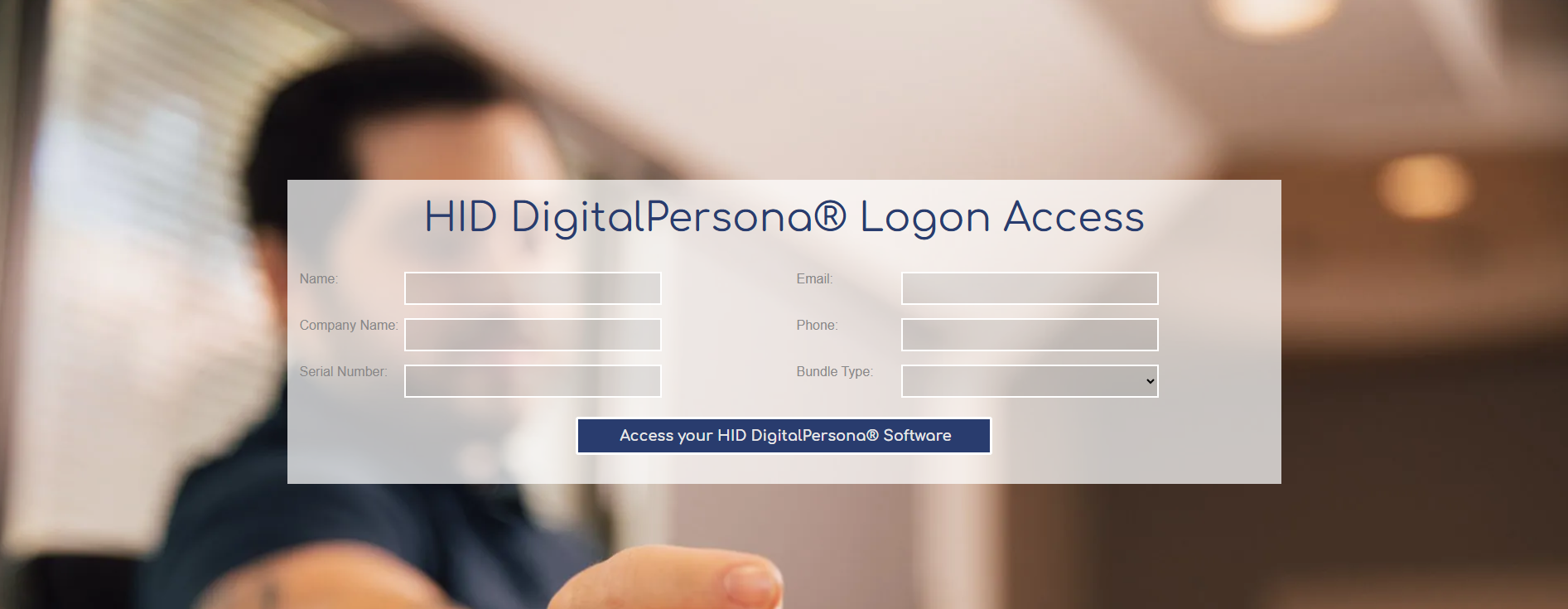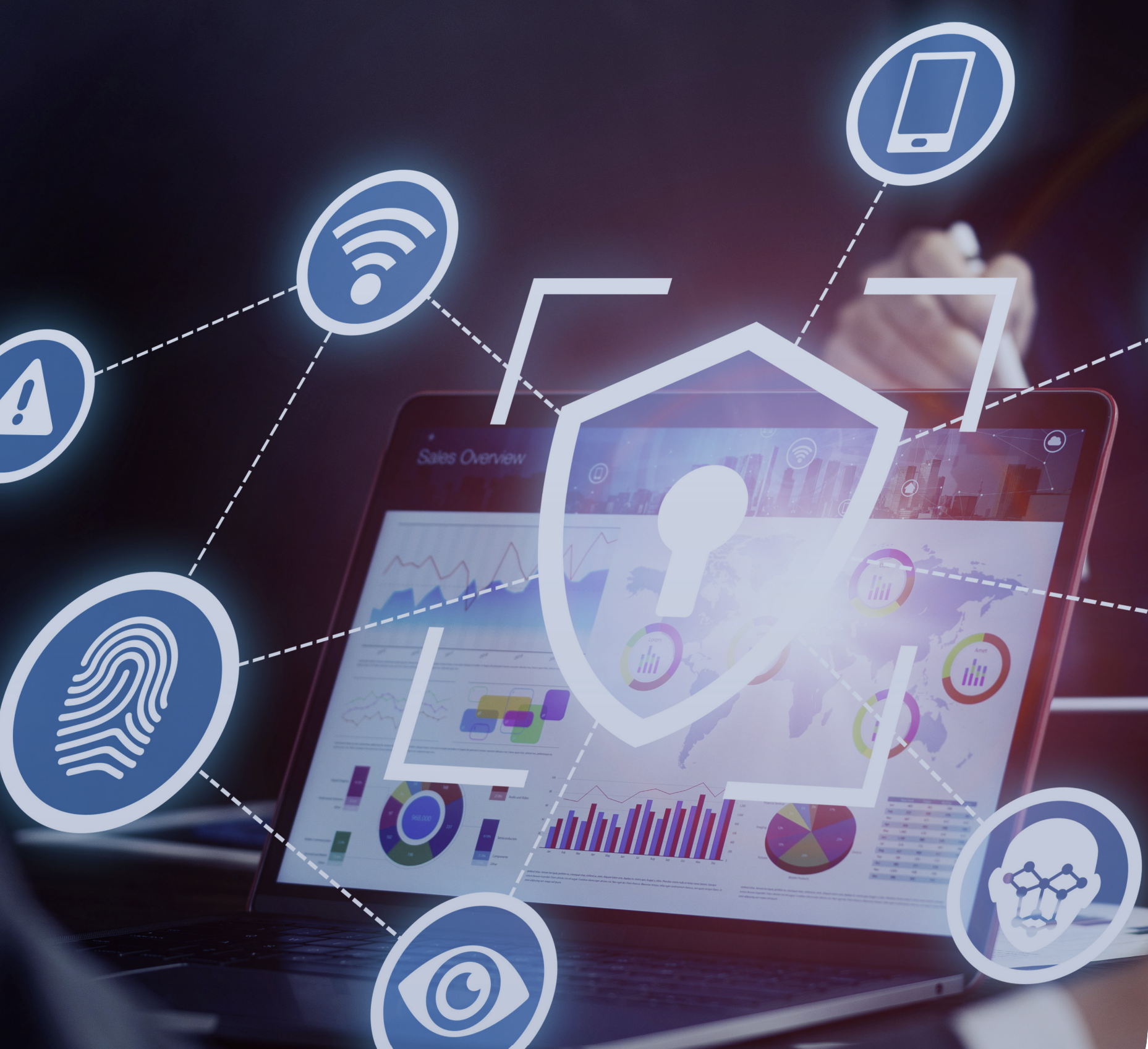

If all you needed was a quick run-down of USB types and versions then you came to the right place.
What are the USB versions out today?
Think of this as versions similar to the new iPhones (11, 12, 13) that tend to come out every year. Usually, they are chronological and add few, if any dramatic changes. Similar to that, USB versions started at 1.0 and have gone up to 3.2 since its inception in 1998.
| USB Type-A Version | USB Type-A Version USB Speed |
| 1.1 (Full Speed) | 12 Mbps |
| 2.0 (Hi-Speed) | 480 Mbps |
| 3.0 (SuperSpeed) | 5 Gbps |
| 3.1 (SuperSpeed+) | 10 Gbps |
As for types, think of this as the model of the phone. Remember when Apple started to release their iPhones on a range from the lower end to the higher end such as their iPhone 5 lines with the iPhone 5, 5C and 5S. Each were part of the same iPhone 5 series, but they had their noticeable differences. Similar to USB, they are all USB cables, but they have noticeable differences based on the appearance of the cable.
What do the USB-Types Look Like?
USB-A – Traditional blunted rectangular cable
USB-B- Squarish-type of cable that is used mainly with printers .
USB-C- Rounded rectangular edges with white connector that looks similar to an Apple Lightning Cable .
Micro-/Mini-USB Types:
Dimensions : 6.85 x 1.8 mm
Durability: 10,000 plug-ins/plug-outs
Transfer Speed: 480 Mbps
Tx Systems’ Products that Use Mini-USB as an Additional Port:
- AirID2 Bluetooth Contact Smart Card Reader
- Identos Tactivo USB 2.0 Type-A mini Multifactor Authentication (MFA)/ Two-Factor Authentication (2FA) **ANDROID-COMPATIBLE** Smart Card Reader
- Identos Tactivo USB 2.0 Type-A mini Multifactor Authentication (MFA)/ Two-Factor Authentication (2FA) **ANDROID-COMPATIBLE** Smart Card Reader and Optical Sensor Fingerprint Scanner
- Thursby Android TSS-AN06 Smart Card Reader (Software Included)
Mini-USB B ( Introduced 2005 ): Squarish anvil shaped with indentations towards the bottom seen in GPS units, Mp3 players, mobile phones (pre-Android) and digital cameras
Dimensions: 3 x 7 mm
Durability: 5,000 plug-ins/plug-outs
Tx Systems Products that Use Mini-USB as an Additional Port:
How far have USB ports come?
Remember when USB ports came in a few types like the USB 2.0 cable and a micro-USB cable? You might plug in your flash drive and possible an Mp3 player into an available port to transfer files. Well, now thanks to the latest tech innovations, there are multiple USB connectors on the market with those being the USB-C and USB 3.0+ connectors. Each of these promise, faster data transfer speeds than the last generations. Think of your smart phone with some of the earlier phones such as the HTC Evo 4G having a single-core 1 GHz processor, mind you, that this was released in early 2010. Now compare that with the Google Pixel 6 with an octa-core processor running at almost 3 GHz with this device being released in Fall 2021.
As you can see, time definitely changes technology a lot! Imagine trying to transfer the thousands of photos on your phone to your PC over USB 2.0 with a maximum bus speed of 480 Mbps . You would definitely benefit from USB 3.0 which upped the ante in 2008. It has a maximum of data transfer speed of 5 Gpbs which means even higher data transfer speeds. You won’t be waiting for long to get those photos transferred.
Do any of your devices run USB 1.1?
Don’t act surprised when you find out that some of our smart card readers are still using USB 1.1 . Smart cards do not store large amounts of information relative to memory cards or flash drives, so they do not need to transfer at speeds beyond 12 Mbps. So, if you take a look at the datasheets and see USB 2.0 Full Speed, be aware that that esentially means USB 1.1 because they are capped at 12 Mbps.
Most of the readers that we sell operate on the USB 2.0 Full Speed standard or what is commonly known as USB 1.1.
USB 1.1 Supported Devices a.k.a. USB 2.0 Full Speed:
- ACR122U NFC Reader
- ACR1281U-C1 DualBoost II USB *DUAL INTERFACE* Contact/Contactless Smart Card Reader
- ACR1281U-C2 Contactless UID Reader
- ACS ACR122T USB Token NFC Reader
- ACS ACR1252U NFC Forum-Certified USB NFC Reader
- ACS ACR38U-N1 PocketMate *USB TYPE-A* Contact Smart Card Reader/Writer
- ACS ACR39T-A1 USB 2.0 Type-A Contactless Smart Card Reader
- ACS ACR39U-N1 Pocketmate II USB 2.0 Type-A Contact Smart Card Reader/Writer
- ACS ACR39U-U1 USB *TYPE-A* Contact Smart Card Reader
- Elatec TWN4 MultiTech 2 RFID Dual-Frequency *Bluetooth Low Energy (BLE)* Contactless Desktop Smart Card Reader/Writer with NFC
- Elatec TWN4 MultiTech 2 RFID High-Frequency *PC/SC* Contactless Desktop Smart Card Reader/Writer With NFC
- Elatec TWN4 MultiTech3 RFID High-Frequency *PC/SC* Contactless Desktop Smart Card Reader/Writer With NFC
- HID Omnikey 5025 CL ID Badge USB 2.0 Type-A Contactless Smart Card Reader/Writer
- HID Omnikey 5422 USB 2.0 Type-A Dual-Interface (**CONTACT/CONTACTLESS**) Smart Card Reader/Writer
- HID Omnikey 5427 CK Gen 2 *BLUETOOTH* Smart Card Reader
- HID Omnikey 5427 CK Gen 2 *DUAL FREQUENCY* USB Contactless Smart Card Reader
- HID® Crescendo® FIDO Key
- Identiv SCL3711 Contactless USB Smart Card Reader
- Identiv uTrust 3700 F *CONTACTLESS/NFC* USB Desktop Smart Card Reader/Writer
- Identiv uTrust 3720 F USB Smart Card Reader
- Identiv uTrust 3721 F *DUAL-FREQUENCY* Contactless Smart Card Reader with Keyboard Emulation
- Identiv uTrust 4701 F *Dual-Interface* Contact/Contactless USB Desktop Smart Card Reader
- Identiv uTrust 4701 F *Dual-Interface* Contact/Contactless USB Desktop Smart Card Reader
- Kensington BlackBelt
 Rugged Case CAC Smart Card Reader Multifactor Authentication (MFA)/ Two-Factor Authentication (2FA) for Microsoft Surface Pro 4th Generation & Up
Rugged Case CAC Smart Card Reader Multifactor Authentication (MFA)/ Two-Factor Authentication (2FA) for Microsoft Surface Pro 4th Generation & Up - Omnikey 5022 Contactless USB Reader – Dark Blue
- SecuGen Hamster IV
- SecuGen Hamster Plus
- SecuGen Hamster Pro
- SecuGen Hamster Pro 10
- SecuGen Hamster Pro Duo CL
- SecuGen Hamster Pro Duo SC/PIV
- SecuGen ID-USB SC
- SecuGen iD-USB SC/PIV
Do any of your products have compliance with USB 3.0?
USB 3.0 Extended Operability/Compliant (DOES NOT NECESSARILY MEAN 3.0 SPEEDS):
- HID® Crescendo® FIDO Key
- HID OMNIKEY 3021 TAA Type-A USB 2.0 Contact Smart Card Reader
- HID OMNIKEY 5022 Contactless USB Reader – Dark Blue
- HID OMNIKEY 5422 USB 2.0 Type-A Dual-Interface (**CONTACT/CONTACTLESS**) Smart Card Reader/Writer
- HID OMNIKEY 5427 CK Gen 2 *DUAL FREQUENCY* USB Contactless Smart Card Reader
- HID OMNIKEY 5427 CK Gen 2 *BLUETOOTH* Smart Card Reader
- Identiv uTrust 4701 F *Dual-Interface* Contact/Contactless USB Desktop Smart Card Reader
- Kensington BlackBelt
 Rugged Case CAC Smart Card Reader Multifactor Authentication (MFA)/ Two-Factor Authentication (2FA) for Microsoft Surface Pro 4th Generation & Up
Rugged Case CAC Smart Card Reader Multifactor Authentication (MFA)/ Two-Factor Authentication (2FA) for Microsoft Surface Pro 4th Generation & Up
- Kensington VeriMark
 IT Fingerprint Key – FIDO2/WebAuth, Windows Hello
IT Fingerprint Key – FIDO2/WebAuth, Windows Hello & Windows Hello for Business
& Windows Hello for Business
- Kensington VeriMark
 Fingerprint Key – FIDO U2F for Universal 2nd Factor Authentication & Windows Hello
Fingerprint Key – FIDO U2F for Universal 2nd Factor Authentication & Windows Hello
Which products have both USB-A connectors, and which products have USB-C connectors?
With regards to the type of USB cable, certain products have both USB Type-A and USB Type-C models to accommodate current PC trends. A list of products that have both USB-A and USB-C models include:
USB-A Version:
USB-B Version:
USB-C Version:
ONLY USB-C Version:
*Always pay attention to the model number as one is ACR38U and the other is ACR39U as this signifies an update. There are also differences with the acronyms if it is -A1,-N1 and -NF
How do I find out which products have what type of USB connector?
Some of our own products that we sell come in different varieties of ports such as the USB Type-A, Type-B and Type-C varieties, so it is important to keep an eye out on which one you are buying. Some suggestions include looking at the product title which may include certain keywords such as USB Type-A/Type-C or USB 2.0. You might also want to look at the “Features” section with the product page which will include the USB cable type (Type-A or Type-C) and the speed of the USB port whether 1.1, 2.0 or 3.0. If worse comes to worse, then take a look at the datasheet included as a downloadable file on our product page. They are located below the “Download Datasheets” section. They are not as bad as they seem once you realize that they are structured the same exact way regardless of manufacturer.
Where do I find the USB information on a datasheet?
- FOR ACS products, look at “Connect Type” under “Host Interface” in the “Technical Specification” Table
- FOR ELATEC products, look at “Transmission Speed ” in the “Technical Data” Table
- FOR GEMALTO (Thales) products , USB type or speed is not specified.
- FOR HID products, find the “USB Interface” section underneath “Host Interface ” in the table on the last page.
- FOR HITACHI products , look at “Connectivity” and “Data Transfer Speed” in the “Technical Data” table
- FOR HYPERSECU products , look at “Hardware Interface” under “Operating Interface”
- FOR IDENTIV products, find the “Host Interface” underneath “Parameters” in the “Details” table to see what type of USB version (1.1, 2.0 or 3.0) or format type (A, B, C) you are dealing with.
- FOR IDENTOS products, USB information can be founder under “Usage” in the “Specifications” section
- FOR KENSINGTON products , look under “USB interface” under “System Requirement”
- FOR RFIDEAS products , USB type or speed is not specified.
- FOR SECUGEN products, find the “USB Interface” section in the “Technical Specifications” table
** REMEMBER: The majority of our products run on USB 2.0 and are USB Type-A.** ‘
Do any of your devices connect via Bluetooth?
Luckily, some of our devices are connectable via Bluetooth, so you will not have to worry about USB types or versions. Bluetooth tends to be supported mostly on mobile devices such as laptops, smart phones and tablets, but PCs can have that built in internally. You can always find external Bluetooth adapters on Amazon or in brick-and-mortar stores such as Best Buy.
Bluetooth Supported Devices:
USB types and versions can be a little bit tricky to wrap your head around. Before you pull the trigger on a new smart card reader or biometric reader, check to make sure that you are getting the proper USB connector that will fit your needs. Feel free to send us an email if you need additional clarification at sales@txsystems.com or give us a line at 858.622.2004 for our technical support.





